In this blog post, Tamsin Blaxter and Tara Garnett explore the different ways that protein has acquired cultural associations and connotations over the last one and a half centuries. This draws on our longer report Primed for power, and readers should refer to the full report for more depth on many of the stories mentioned here.


Eggs, peanut butter, pumpkin seeds and sunflower seeds, lentils, black beans, cream cheese, kefir, yogurt, skyr, quark, soy milk, chocolate milk, chocolate soy milk, oat milk and pea milk, granola, granola bars, oats, noodles, bagels, wraps, pancake mix, tinned soup, dog food, hair cream, crisps, biscuits, salted caramel flapjack and Mars bars. These are some of the products I found marketed as sources of protein when I searched a supermarket website just now—alongside a huge number of protein powders, bars, shakes and supplements. Protein promises weight loss, satiety, strength, healthy growth, healthy ageing. It seems that putting ‘protein’ on the label can sell just about anything.
It’s not only the advertising industry that is convinced by the power of protein. Some NGOs concerned with food security emphasise that the world needs more animal protein—while many environmentalists talk of a ‘protein transition’ in the opposite direction. 1 Lobbyists for the meat and dairy industry warn that any reduction in animal-source foods will damage our health and the economy 2 and fight it out with animal rights organisations over advertising claims about what constitutes a good source of protein. 3 Obesity researchers highlight the importance of protein for satiety 4 while on social media paleo dieters and vegans clash over how best to get enough. Nutritional scientists suggest that high protein intake may be vital for healthy ageing—something with particular significance in ageing societies. 5 VC-funded entrepreneurs write glossy websites about creating protein from water weed 6 or fungi 7, algae 8 or even air. 9 Protein, it seems, is everywhere.
There are some very good arguments for the present focus on protein as cause of and solution to our problems. Animal-source foods are responsible for 57% of greenhouse gas emissions from food production 10 and almost all have considerably bigger carbon footprints per calorie than almost all plant-based foods. 11 These foods are normally thought of as ‘sources of protein’—and certainly if we categorise foods in terms of such ‘nutritional functions’, sources of protein are where the greatest disparities in environmental damage are to be found. 12 This suggests that changing our production and consumption of high-protein foods is the best way to reduce the environmental impacts of what we eat. The rising salience of animal ethics plays a role too, creating a synergistic meeting of movements where environmentalists and animal rights campaigners find common purpose in transforming how we get dietary protein.
Protein fashions
Glorification of Albuminous Substances 13In the late 19th century, estimates of the dietary requirement for protein were more than double those today (see Figure 1). Scientists believed protein was needed to perform all the complex functions of the body, while fats and carbohydrates contributed only to maintaining body heat. This made protein by far the most important component of food. This lasted until the First World War, when the large-scale nutritional experiments of rationing and wartime agricultural policies proved that the human body could thrive on low protein diets.
The Great Protein Fiasco 14From the mid-1950s through to the mid-1970s, discussions of world hunger became single-mindedly focused on protein. It was believed that technologies of the time would be insufficient to feed the expanding world population, and that protein would be the bottleneck. Estimates of infant protein requirements were almost four times as high as today (see Figure 1) and child malnutrition and mortality around the world was ascribed to protein deficiency. The WHO, FAO and UNICEF rallied governments and corporations to create new, high-tech sources of protein. This period came crashing to its end in 1974 when nutritionist Donald McLaren pointed out that the science no longer supported focusing on protein—and that none of the techno-protein projects had made the slightest impact on world hunger.
Nevertheless, there are reasons to be cautious about the ubiquity of protein in the discourses of food, agriculture and health. 15 Protein malnutrition is rare 16 except among those who are getting too little food of any sort. This implies that a focus on protein in solving poor diets may be blinkered. There are also opportunity costs: investments, research time and attention are all finite resources. If we centre protein in discussions of global heating, the biodiversity crisis, food security, public and personal health, it will lead us to over-value some solutions and discard others. The cultural power of protein, in other words, may be a distraction.
But where does this power come from? Why do we seem to have collectively agreed that protein is the most important nutrient?
One way of answering these questions is by exploring the history of protein in our discourses about nutrition and food, health and international development. With the clarity of hindsight, there are lessons that can push us towards nuance, complexity and scepticism when we engage with protein discourse today. In a recent report, 17 we examined this history chronologically, following the story of protein from its naming in 1838 through to the late 1970s. Twice in that period protein rose to take a central position in discourse on human nutrition (see box), and this post focuses on the lessons we can learn from these two episodes about how protein gains cultural prominence. In the first section we will look at how protein inherits its cultural meanings from protein-containing foodstuffs. In the second, we will explore how the relationship between science and society has magnified or distorted those associations.

Figure 1. Recommendations for protein intake have changed over the course of history
Nutrients borrow meanings from foods
In everyday life, nutrients are abstractions. They exist at a layer of reality whose existence we infer from scientific experiments, not the part of reality that we touch, taste, feel, smell and see. It’s unsurprising, then, that nutrients inherit a lot of their cultural and symbolic meanings from things that we can touch, taste and smell: the foodstuffs of which they are part. Some of their meanings foodstuffs owe to physicality; being filling and fatty can impart a lot of importance to a food. Instead, foodstuffs accrue other connotations from their contexts in society: from associations with the people who typically eat them and the occasions on which they are eaten; with the livelihoods needed to create them, the landscapes associated with their production; with the countries and cultures in which they are consumed. Nutrients then inherit these meanings.
Names matter
The word ‘protein’ was first coined by Dutch chemist Gerrit Mulder in 1838 as part of a theory of animal nutrition. 18 In his Protein Theory, just one substance was necessary for animal bodies; this substance was created in plants, consumed and concentrated by herbivores, and passed up the food chain to carnivores and omnivores. Mulder named the substance ‘protein’ from the Classical Greek for ‘best’, ‘supremacy’ and ‘first place’. Although Protein Theory itself was disproven in just a few years, it exerted influence on scientific thinking for decades to come, including giving its name to the nitrogen-containing compounds in food.
Protein is meat

The most important foodstuff for understanding the cultural significance of protein is meat. Meat is filling 19 and expensive to produce. Meat-eating, in Mulder’s time, was associated with health and wealth. The upper classes in France, the Netherlands and German-speaking Europe, where much early nutritional science developed, ate a lot of meat relative to the poor. Researchers saw this as evidence that meat was of particular nutritional importance: surely, freed from the constraints of poverty, people naturally gravitated towards the most nourishing foods? The idea of protein as the essential nutrient fitted into this picture.
Explanation or rationalisation?
Although Mulder’s ‘protein’ was a hypothesis responding to evidence, it was also coined to rationalise the existing belief that meat was of supreme nutritional importance—especially for muscular, masculine bodies. This dynamic played a large part in Protein Theory’s influence. The theory’s prominence in the early 1840s was partly thanks to the (brief) support of celebrity-scholar Justus Liebig. Liebig spent much of his career extolling the dietary indispensability of meat, and so Protein Theory was useful to him. 20 Later in the 19th century, even as evidence undermining the superlative status of protein came to light, faith in protein continued to spread 21 —particularly in the United States, another country with extremely high meat consumption. Thus through its metonymic relationship with meat, protein gained associations with masculinity, wealth, strength and health which are still salient today.
Meat and masculinity
Just as in many cultures today, there was also a strong association in this period between meat and masculinity and strength. In particular it was believed that meat-eating was necessary to build muscle, and this informed food researchers’ choices of study populations. Work was done on the diets of industrial labourers; Mulder had studied the diets of soldiers, and work would later be done on male sports players.
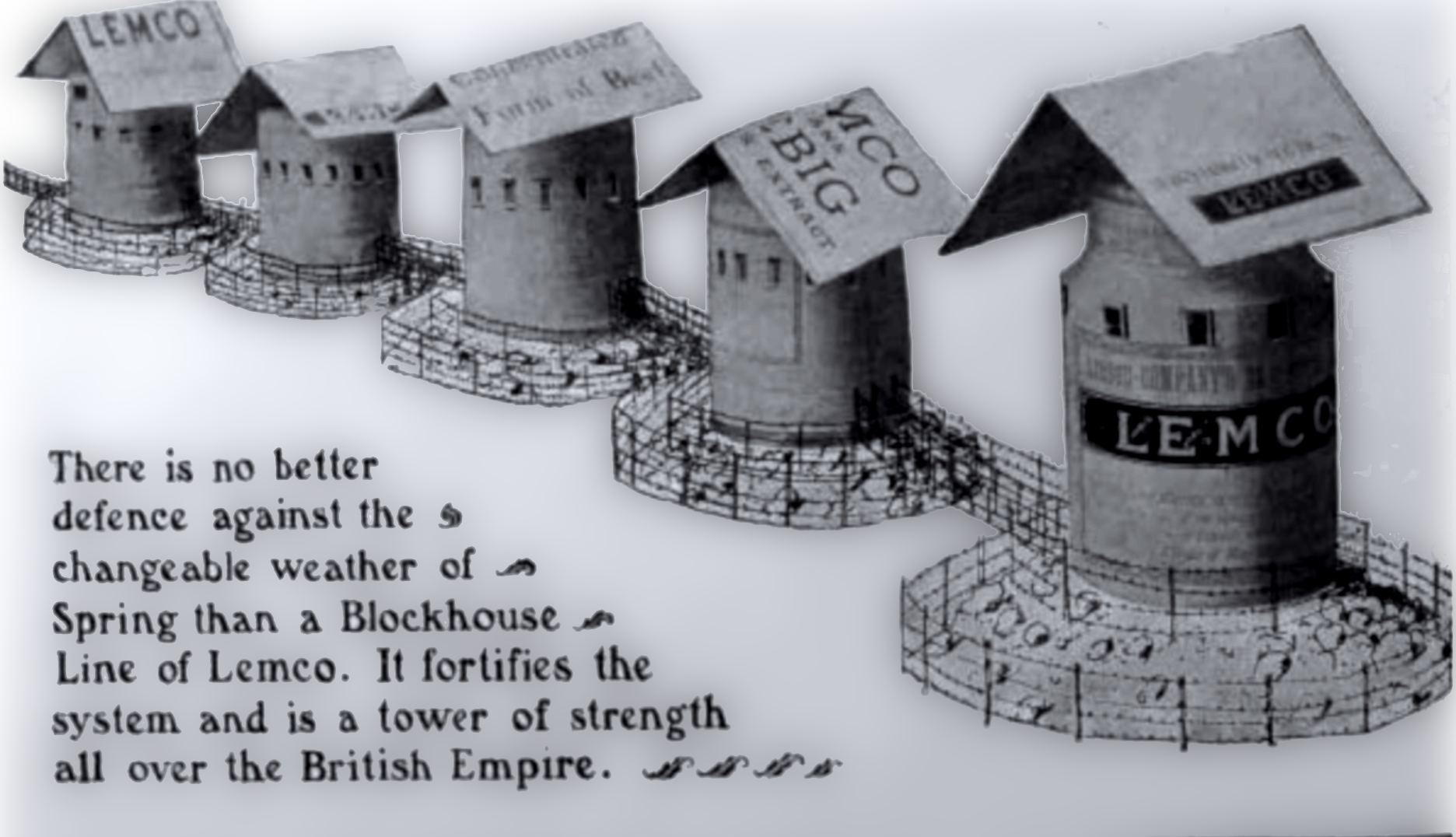
Meat, race and nationality
In the latter half of the 19th and the early 20th centuries, German, British and American nutritionists associated meat-eating with rationality and will-power. 22 These ideas were intimately connected to the association of meat with wealth and class, but also with race and nationality. Comparative nutritionists discovered that Northern Europeans and North Americans ate more meat (and more protein) than populations in many other parts of the world. They used this to explain the dominance of colonial powers: meat-eating promoted will-power and strength, so nations that ate more meat conquered those who ate less. In France, this led to the suggestion that increasing meat and dairy intake would increase the output of colonised labours. 23 In the US, (non-)meat-eating became a racial talking point in disputes over immigration and jobs (if Asian workers were ‘able’ to subsist on rice and vegetables, they could undercut the wages of European men who ‘could not’ work without meat). 24 In Britain, low protein intake was used to explain the poor health of military recruits. 25 These trends continued even after protein fell from the spotlight, and British researchers in the 1920s explained public health problems in African colonies as resulting from low meat consumption. 26 Thus through its relationship with meat, protein gained associations with whiteness, European and Western culture, and with specific countries (particularly the US and Germany).
Although meat-eating was associated with whiteness, this was not its only racial connotation in European and American thought. The image of the ‘noble savage’, subsisting primarily on meat, would become entwined with thinking about human evolution, and was attached particularly to the Maasai of East Africa. 27
What role for vegetarianism?
Meat had its share of contrary meanings too. In the 19th century, the vegetarian movement in Europe and North America connected meat-eating with sexuality, sin, overstimulation and ill-health. Some link between vegetarianism and piety is of ancient provenance. Abstaining from meat was a central part of ascetic practice in pre-Reformation Western Christianity and remains so in Eastern Orthodox Christianity and many other denominations; these practices echo more prominent vegetarian traditions of Buddhism, Jainism, Hinduism, Sufiism and Daoism. However, where mainline Christian lenten fasting argued that meat was a luxury and so to abstain a personal sacrifice, the new vegetarians saw meat as an evil in itself: either on health grounds (in the case of Seventh Day Adventism), from a reverence for life and desire to avoid killing, or believing that meat stimulated sinful urges (in the case of Bible Christianity). 28
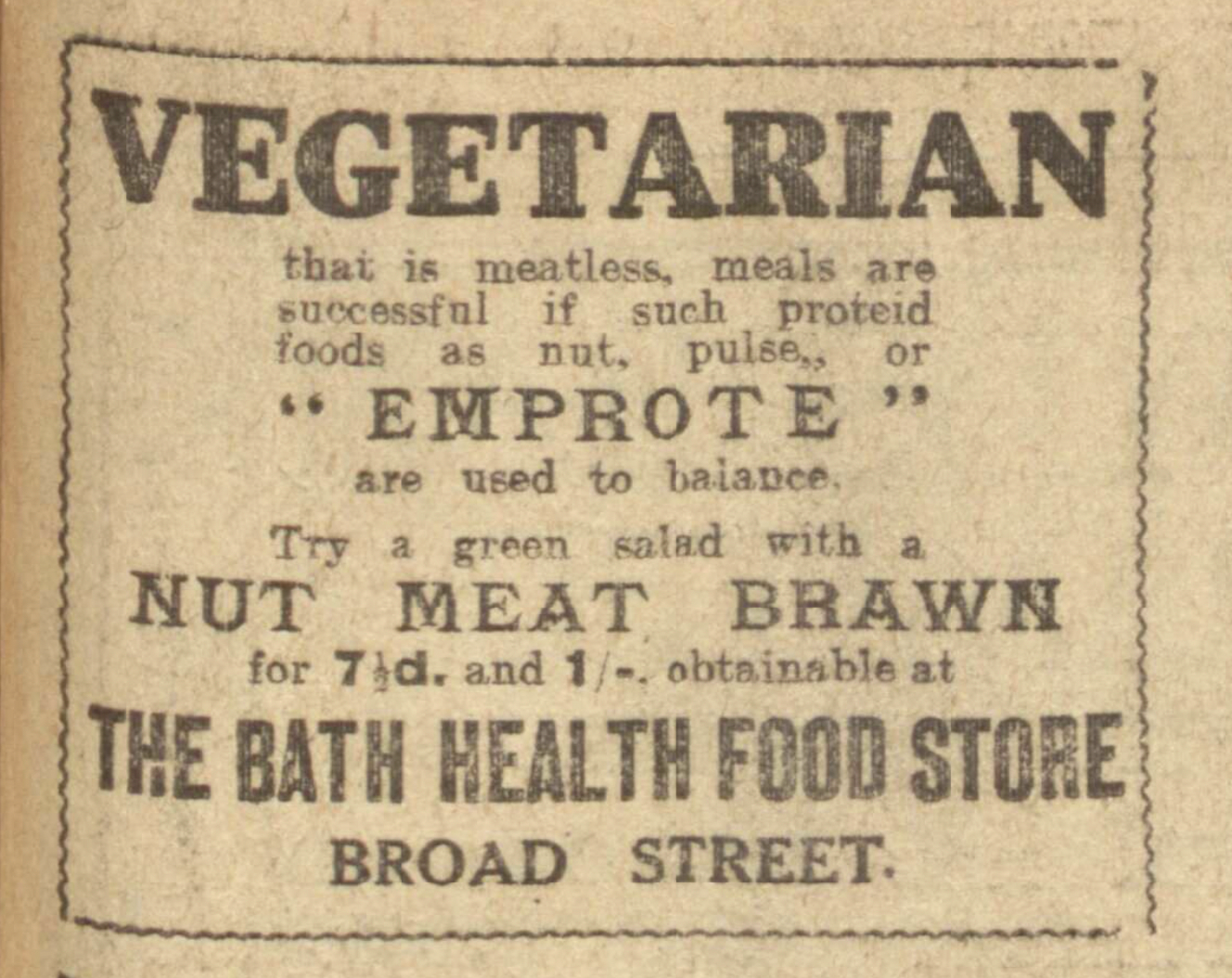
Seeing meat negatively was culturally marginal in 19th century Europe and North America. Nevertheless, it prompted researchers in Germany, Britain and Denmark to investigate the possibility of maintaining human health on a vegetarian diet—which eventually contributed to revising down estimates of the dietary requirement for protein in the 1910s. Yet the conflict with vegetarianism served to reinforce the salience of protein. Just as protein provided a scientific rationale for the belief that meat was essential, among some American vegetarians protein was the focus of explanations of the dangers of meat-eating. One prominent proponent was J.H. Kellogg, who wrote that the putrefaction of proteins in the bowel was the cause of many diseases. 29
In a very different way, vegetarian discourse again reinforced the power of protein during the Protein Fiasco. The first prominent text of environmental vegetarianism, Diet for a Small Planet by Frances Moore Lappé, was published in 1971, a moment when recommending abstinence from meat went sharply against the grain. Lappé’s text embraced the premise that it was difficult to obtain enough protein without eating meat, and proposed a complex practice of combining vegetarian protein sources to keep healthy—complete with a wealth of diagrams and tables (although later editions softened this stance somewhat). The book has remained highly influential down the following decades, but in retrospect Lappé’s great contribution was her thinking about the relationship between diet and environmental damage. In light of this, it is striking that the first words of her book are “This book is about PROTEIN”. 30
Protein is milk
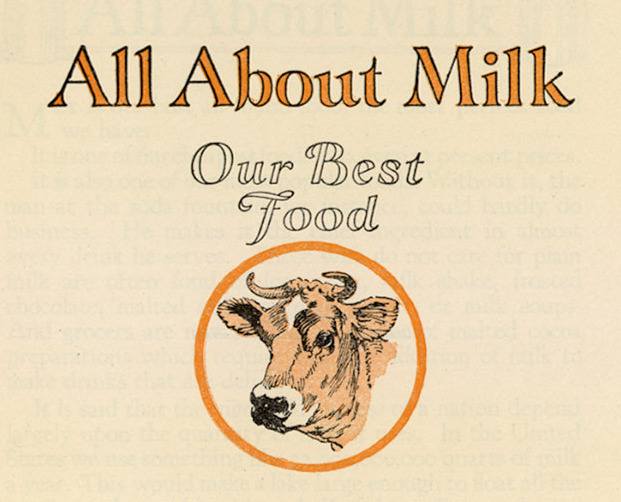
Meat is not the only food to have shaped the cultural connotations of protein: milk is also central to this story. In the period between the two World Wars, the cultural preoccupation with protein was much less than it had been in earlier or would be in later decades. At the same time, pasteurisation, refrigeration technology and better transport links had transformed the milk as a commodity. A longer shelf-life meant it could be transported over greater distances and distributed to many more consumers. This allowed milk to gain cultural importance, both among nutritional scientists and the general public. Milk became a symbol of motherhood, child growth and health, and campaigns from women’s groups created political pressure to improve milk prices in Britain after the First World War.
Over the next thirty years, milk maintained its status as the healthy food par excellence. When, in the 1940s and 1950s, protein began to return to the spotlight as the pre-eminent nutrient, it seemed clear that (powdered, skimmed) milk was its perfect vessel. Infant nutrition was increasingly central to public health discourse, and debates around milk (breastmilk and cow’s milk, in formula and in tinned and condensed form) were central to this story. A 1952 WHO report calculated that infant protein requirements were so high that even breastmilk was not an adequate food: only cow’s milk could meet the needs of growing babies. Formula feeding became a highly contested issue, with its sale in developing countries by Nestlé becoming a symbol of neocolonialism.
Thus through milk and dairy foods, protein gained associations with motherhood and femininity, infant growth and healthy development. It became not only the nutrient which embodied masculine power, but also feminine nurture. At the same time, the racial and regional connotations of protein were strengthened. Cultures with no tradition of drinking cow’s milk were presented as primitive—infant malnutrition and starvation in poor African countries could be blamed on black and brown mothers’ ignorance about dairy and protein. The commonalities of meaning between meat and milk (health, whiteness, civilisation, and rationality) and the differences (femininity, or motherhood, or care) all added to the power of protein.
Nutritionism: foods fade into the background
As nutritional science developed, the relationship between foods and nutrients shifted. Nutrients came to replace foodstuffs in the formulation of government policies, to stand in for foods in advertising and in dietary recommendations, to filter into individual understandings of dietary choices. The 19th century enthusiasm for protein played out primarily among nutritionists: it drove public conversation about diet but the language was most often that of ‘meat’ and ‘milk’. By the period of the Protein Fiasco from the late 1950s, the language of nutrients had long filtered into the public mind, and advertisements, cookery books and food writers all casually used the word ‘protein’—entrenching its cultural power. The belief that the value of food is no more than its nutritional content has been termed ‘nutritionism’ by sociologist Gyorgy Scrinis, and plays a major role in much of the story told here. 31
Science and society
Ideally, scientific research informs society by illuminating an external reality, but in practice the relationship between science and society is complex. Scientists are members of communities and carry all those communities’ cultural norms. This context shapes the research questions they ask, how they interpret their results and how they communicate their conclusions.
Attentional bias and confirmation bias
Examples of these have already been mentioned:
- The association between wealth and meat-eating leading to an assumption that meat must be of special importance
- The association between colonial powers and eating meat and milk leading to the assumption that these must be special foodstuffs
It’s often circular
Links between science and wider culture created feedback loops: popular belief could prompt scientific research which then strengthened the original belief. For example, in the late 19th century, American nutritionists studied the diets of men who needed to build muscle—sports players, manual labourers—and saw their meat consumption as evidence for the nutritional importance of protein. But these dietary preferences had been shaped by the belief that meat was needed for muscle—a belief directly reinforced by nutritional research. 32
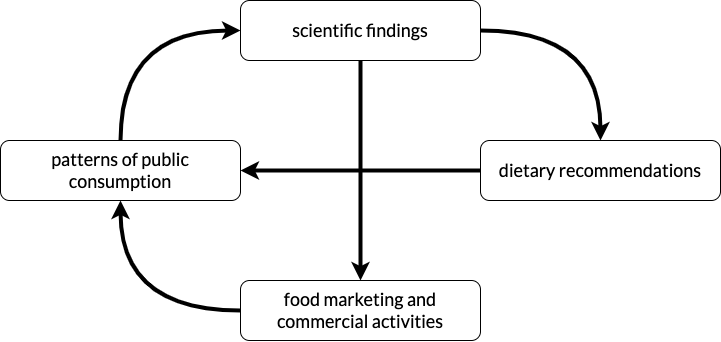
Science and money
Science is also shaped by society in more concrete ways. Researchers are bound up in power relationships (with institutions, governments, states) and have personal goals (solving ethical problems, winning respect, advancing careers, making money) that shape how their work is done and communicated. We see many examples of these forces in the history of protein.
One such force was the commercial potential of science. In the 19th century, entrepreneurial scientists like Justus Liebig explored new technologies for processing, preserving and transporting meat. They advertised their inventions with nutritional claims and staked their names and reputations on the medicinal powers of their products. 33 During the Protein Fiasco, NGOs, governments and companies funded protein research. The identification of protein deficiency as the biggest world health issue in combination with predicted population growth suggested that there would soon be huge markets for new sources of cheap protein. Once research projects were underway, the sunk costs fallacy discouraged looking at contrary evidence or changing predictions. Thus in both periods, researchers had financial incentives to find simple, singular and marketable answers to nutritional questions and then double down on them. Protein filled these roles extremely well.
Status quo bias
Commercial pressures were not the only force which entrenched belief in the power of protein. Status quo bias and respect for figures in authority created inertia. The 19th century German nutritional school around Liebig shaped conventional ideas about meat and protein in a way which slowed scientific progress. 34 An example can be seen in the fact that German governmental institutions assumed a very high protein requirement when they formulated agricultural and rationing policies in the First World War, even though evidence had come to light that real protein requirements were much lower. 35 Similarly, mounting evidence during the 1960s that infant protein requirements were far lower than had been assumed was not enough to reject the establishment view of the primacy of protein at that stage of life.
Careers in science
Many factors favoured single-nutrient solutions to problems in nutritional science, and these too boosted the power of protein. Some have already been mentioned: when selling to the public, simpler is better; when convincing a politician to support a research endeavour or aid project, simpler is better. On top of this, as nutritional science matured as a discipline in the mid-20th century, it became normal for researchers to be experts in a single nutrient. This led researchers to exaggerate the importance of that nutrient: both through the myopia of specialisation, and because doing so could help win grants and achieve career advancement. 36
Lagging public knowledge
Even when scientific consensus finally did move on, old ideas had long afterlives in wider culture. In the decades after Mulder’s Protein Theory had been rejected, it continued to be described in texts to explain the name ‘protein’—thus the theory exerted influence long after being disproven. In the interwar years, although high dietary protein requirements had been revised, it was still easy to find texts extolling the virtue of protein in racial and gendered terms. In the 1960s, the international development community took a long time to respond to revised scientific understanding of infant protein requirements. In all these cases, a narrow scientific claim spawned a more complex set of ideas outside academia. Even if the science moved on when new evidence emerged, the story it had inspired did not.
Conclusions
Twice before in its 180-year history, protein has risen to prominence as the most important nutrient. With the clarity of hindsight, we can see that these two periods shared many features—and bear some striking similarities to today. In both periods, beliefs about nutrition became unmoored from the evidence of nutrition science, with a powerful narrative taking over in ways the data did not justify. This might remind us of the present moment, when advertisers, health columnists and wellness influencers remain convinced that everyone should strive to eat more protein—even as nutritional scientists reassure those in the Global North that few are protein deficient.
In both periods, institutional and commercial incentives favoured a focus on single nutrients and on protein in particular. In our own time, public funding bodies respond to environmental and food-security anxieties by calling for work on ‘sustainable protein futures’, ‘the protein transition’ and ‘alternative proteins’, 37 adding to a rising tide of private funding in these areas. 38 Journalists 39 and NGOs 40 make the argument that government investments into alternative proteins should be at a much greater scale still while livestock agriculture advocates push back, labelling plant-based foods a con. 41 The echoes of the food policy discussions of the 1950s and 60s are clear.
History tells us that fashions pass. But we risk making injudicious decisions if we accept the ‘charismatic nutrient’ 42 of the moment uncritically. This history doesn’t mean we should ignore the current best evidence for the place of protein in our diets, the food system, our impact on the planet. But it shows how easy it is to fall into the trap of narrow solutions that fail to respond to the full complexity of the problems we face. History suggests that we must learn to recognise the meanings we assign to nutrients and why if we want to avoid being mesmerised by the power of protein.
Many of the stories mentioned here are explored in more detail in our longer, chronological report Primed for power: a short cultural history of protein.


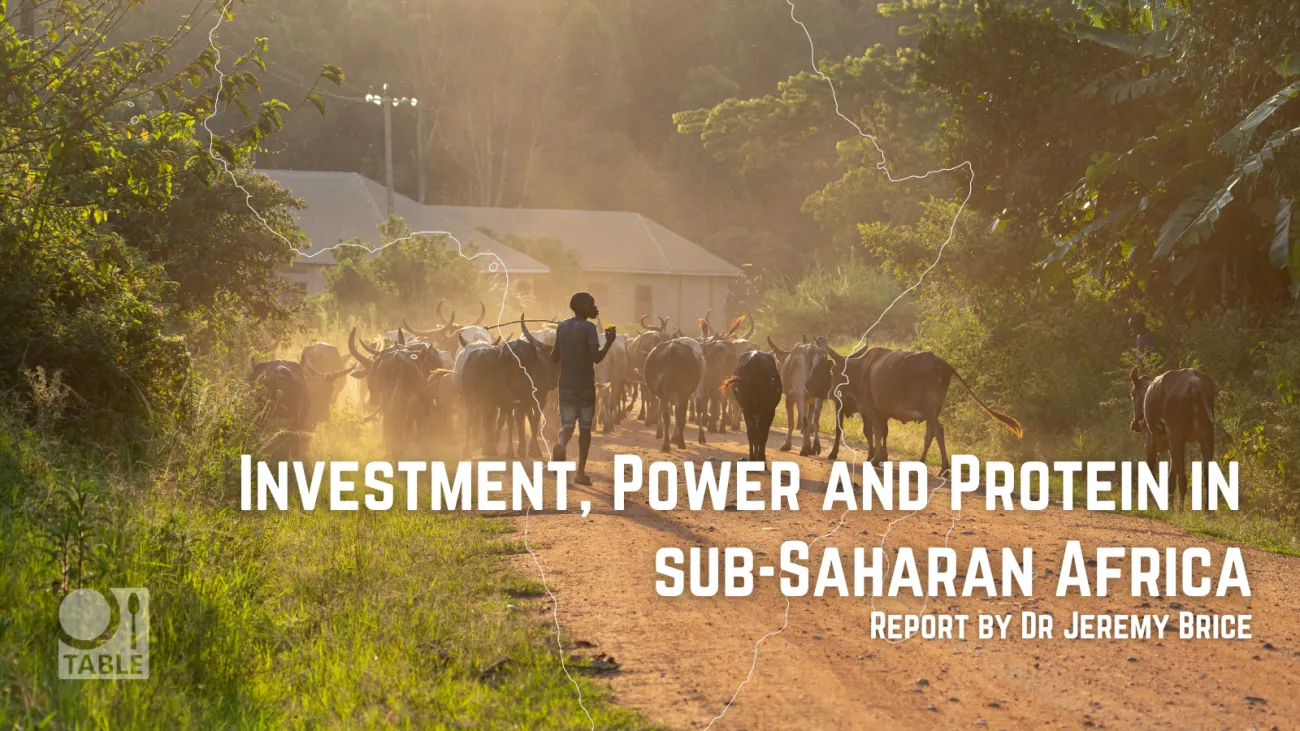



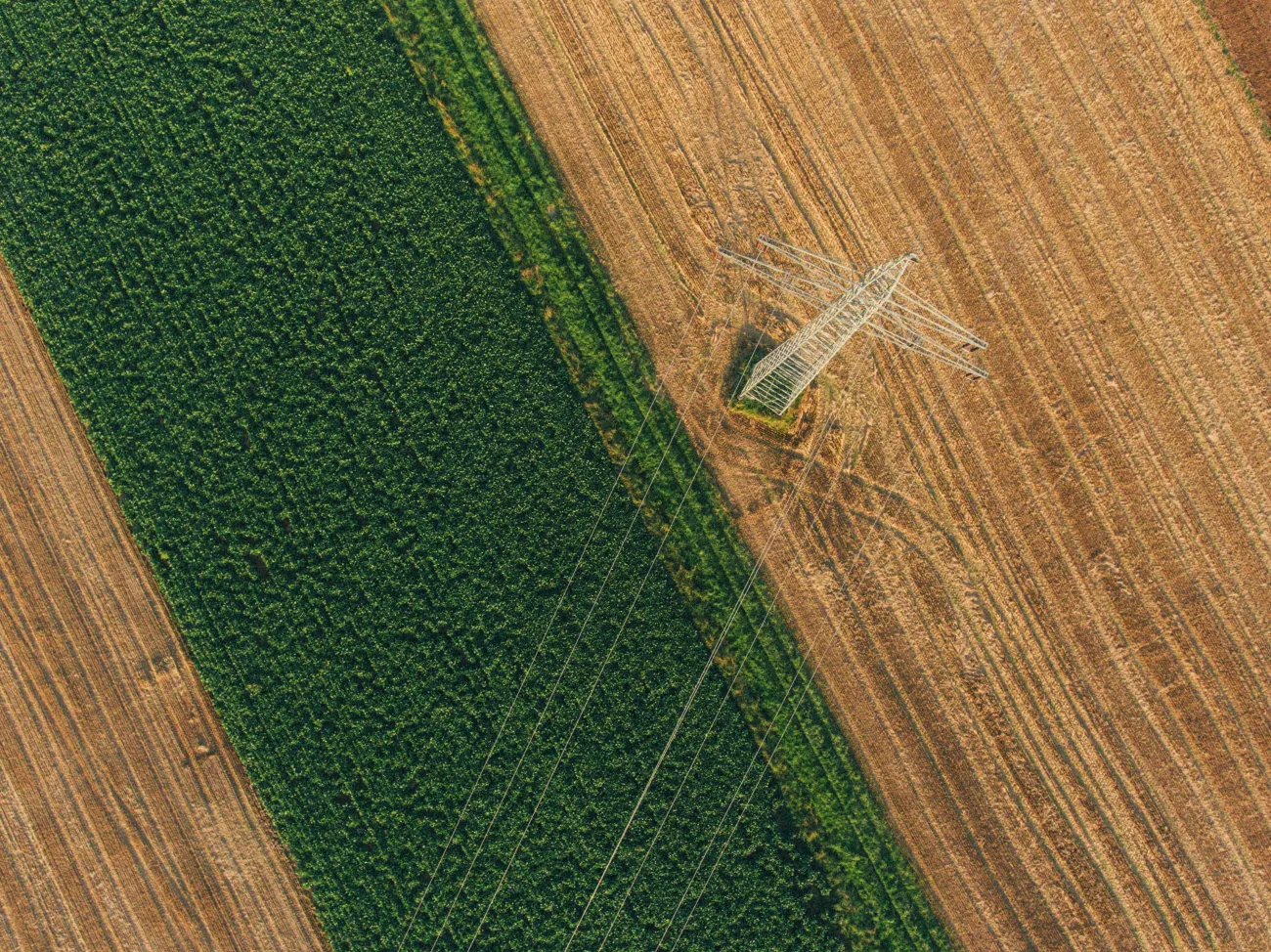

Comments (0)